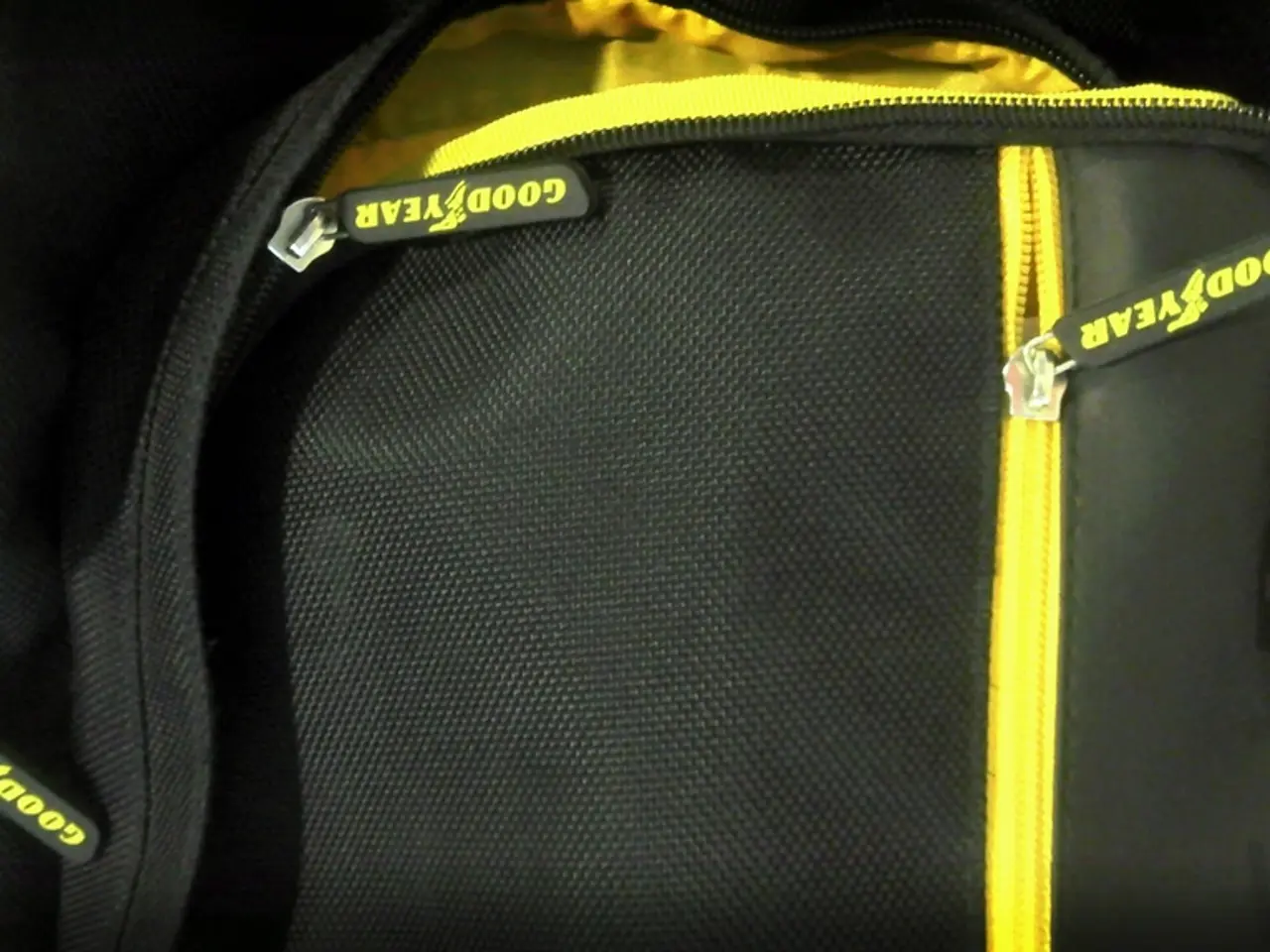Utilizing Technology to Evaluate Pupil Knowledge Acquisition
In today's digital age, technology offers a wealth of opportunities for students to demonstrate their learning in innovative ways. From infographics to mind maps, demonstrations, and social media platforms, these digital formats encourage creativity, engagement, and varied learning styles.
Infographics: A Visual Approach to Learning
Tools like Canva, Adobe Express, and Visme offer free platforms for creating infographics, with customizable templates to suit various subjects. Infographics, which combine imagery, data visualizations, and minimal text, are an effective way for students to summarize large amounts of information in small, digestible chunks. For instance, ELA students can use TikTok to deliver their elevator speeches effectively and succinctly, while students in social studies or math can use infographics to creatively demonstrate their understanding of complex concepts.
Mind Mapping: Fostering Critical Thinking
Mind mapping software, such as Popplet, allows students to visually organize ideas and connections between topics. This brainstorming activity supports deeper understanding and critical thinking. In a science class, students can use mind mapping to demonstrate their understanding of species by starting with "species" at the centre and drawing up connections like types, food chain, and habitats.
Demonstrations: Bringing Learning to Life
Demonstrations can be innovatively captured and shared using video apps. Platforms like Zigazoo—an app that lets students record short video responses to prompts—allow students to creatively explain concepts or reflect on learning through quick video demonstrations. This encourages learner engagement and provides teachers a window into student understanding beyond traditional tests.
Social Media for Engaging Presentations
Social media apps like TikTok allow students to create short, engaging videos demonstrating their learning through creative expression such as storytelling, experiments, or summarization of ideas. Pinterest can be used to curate collections of resources, visual notes, or project inspirations, enabling students to organize knowledge thematically. Both platforms encourage students to connect learning with real-world contexts and peer interaction, enhancing engagement and assessment diversity.
Leveraging Technology for Formative Assessments
Infographics can be used as a formative assessment and study guide for end-of-unit summative assessments. Parameters can be set for infographic content, word count, and numbering to avoid stifling student creativity. Mind mapping software enables personalized formative assessments tailored to student progress, fostering active and personalized learning.
In conclusion, technology fosters active, personalized, and multimodal assessment approaches. By allowing students to express learning creatively through visuals, videos, and collaborative tools, technology supports varied learning styles and critical thinking development. Leveraging technology for assessment can bring fun and excitement to the learning process while also showing what students know.
To explore more about leveraging technology for lesson creation, instruction, and engagement, check out "Leveraging Technology to Support Lesson Creation and Instruction" and "Leveraging Technology to Better Engage Learners in Lessons".
- Technology enables students to utilize various digital formats such as infographics, mind maps, demonstrations, and social media platforms for creatively demonstrating their learning.
- In STEM education, students can leverage digital technology to produce engaging infographics, which help them summarize large amounts of complex information in a visually appealing and concise manner.
- Utilizing mind mapping software encourages students to brainstorm, organize ideas, and exhibit their understanding of concepts critically, thus fostering a deeper level of learning.
- Social media platforms like TikTok and Pinterest can be employed to create engaging presentations, encouraging students to connect learning with real-world contexts, peer interaction, and diverse assessment methods.




